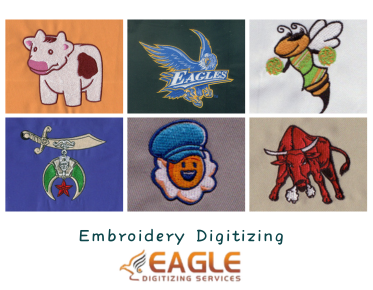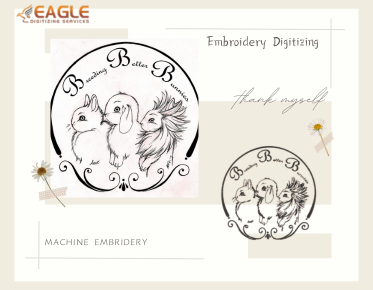How to Convert a PNG to a Vector in Illustrator
html
Converting a PNG image to a vector format in Adobe Illustrator is a crucial skill for designers and artists who want to create scalable graphics. This process allows you to maintain the quality of your image regardless of size, making it ideal for logos, illustrations, and other design elements. In this guide, we will walk you through the steps to convert a PNG to a vector using Illustrator, ensuring your designs are crisp and professional. For more insights on vector graphics, you can explore vector image resources.
Understanding the Basics of Vector Graphics
Before diving into the conversion process, it's essential to understand what vector graphics are. Unlike raster images, which are made up of pixels, vector graphics are composed of paths defined by mathematical equations. This means they can be scaled infinitely without losing quality. Common vector file formats include SVG, AI, and EPS.
Why Convert PNG to Vector?
PNG files are raster images, which can become pixelated when resized. Converting them to vector format ensures that your images remain sharp and clear at any size. This is particularly important for print media, large format designs, and digital graphics that require resizing.
Steps to Convert PNG to Vector in Illustrator
Step 1: Open Your PNG File
Start by launching Adobe Illustrator and opening your PNG file. You can do this by selecting "File" > "Open" and navigating to your PNG image. Once opened, your image will appear on the artboard.
Step 2: Use the Image Trace Tool
With your PNG file open, select the image to activate the Image Trace option in the toolbar. Click on "Window" > "Image Trace" to open the Image Trace panel. This tool will convert your raster image into a vector format.
Step 3: Adjust the Image Trace Settings
In the Image Trace panel, you can choose from various presets that best match your image type, such as "High Fidelity Photo" or "Black and White Logo." Adjust the settings to refine the vectorization process. You can tweak the threshold, paths, corners, and noise settings to achieve the desired level of detail.
Step 4: Expand the Traced Image
Once satisfied with the trace, click "Expand" in the toolbar. This action converts the traced image into a vector path, allowing you to edit individual elements. Your image is now a vector graphic, and you can save it in a vector format.
Step 5: Save Your Vector Image
To save your newly created vector image, go to "File" > "Save As" and choose a vector format such as AI, SVG, or EPS. Ensure you select the appropriate settings for your intended use, whether for web or print.
Tips for a Successful Conversion
Here are some tips to ensure a smooth conversion process:
- Choose the Right Preset: The Image Trace tool offers various presets tailored for different image types. Selecting the right one can significantly affect the quality of your vector.
- Refine Your Paths: Use the Direct Selection Tool to adjust individual paths and anchor points for a more precise vector.
- Experiment with Settings: Don't hesitate to experiment with different settings in the Image Trace panel to achieve the best results.
Common Challenges and Solutions
While converting PNG to vector is generally straightforward, you may encounter some challenges:
Complex Images
Highly detailed images can be challenging to vectorize accurately. Simplifying the image or breaking it into smaller parts can help.
Color Variations
Color gradients and variations may not translate well into vector format. Adjusting the color settings in the Image Trace panel can improve results.
Applications of Vector Graphics
Vector graphics are versatile and widely used in various fields:
- Logo Design: Vectors are ideal for logos due to their scalability and clarity.
- Print Media: Vectors ensure high-quality prints for brochures, posters, and business cards.
- Web Design: SVG files are lightweight and perfect for responsive web design.
Exploring Advanced Vector Techniques
Once you've mastered the basics of vector conversion, you can explore advanced techniques such as:
- Gradient Mesh: Create complex color transitions within vector shapes.
- 3D Effects: Add depth and dimension to your vector graphics.
- Pattern Creation: Design seamless patterns for backgrounds and textiles.
Future Trends in Vector Graphics
As technology evolves, so do the applications and capabilities of vector graphics. Here are some trends to watch:
- AI-Powered Vectorization: Artificial intelligence is making vector conversion more accurate and efficient.
- Interactive SVGs: SVGs are becoming more interactive, enhancing user experience on websites.
- Augmented Reality: Vectors are playing a role in creating scalable graphics for AR applications.
For those looking to delve deeper into vector art, Eagle Digitizing excels in delivering professional vector art services, transforming creative visions into scalable designs. Whether you're a seasoned designer or a beginner, understanding vector graphics opens up a world of possibilities in digital and print media.



